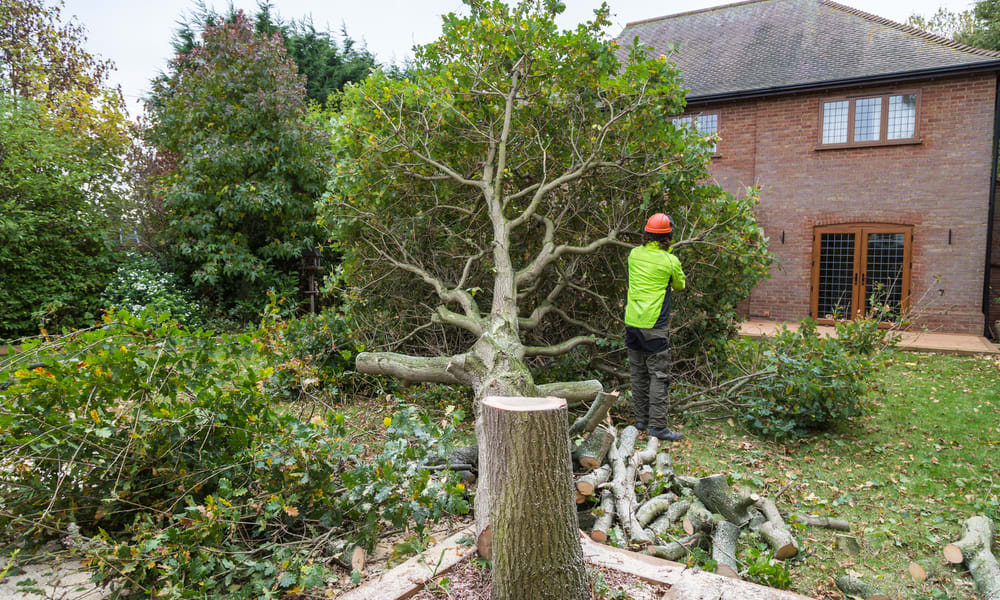How to Save on Tree Removal Costs in New Zealand for 2025
Curious about how to reduce tree removal costs in New Zealand? This 2025 guide explores how tree size, location, season, and legal factors affect pricing. Learn how to plan removals wisely, get accurate quotes, and ensure legal compliance—so you can manage expenses while protecting your property and the environment.

What factors affect tree removal costs in New Zealand?
Several key factors influence the cost of tree removal in New Zealand. The size and height of the tree are primary considerations, as larger trees require more time, equipment, and manpower to remove safely. The tree’s location also plays a crucial role; trees near buildings, power lines, or in hard-to-reach areas typically cost more to remove due to the increased complexity and risk involved.
The tree’s species and condition can affect pricing as well. Some species are harder to cut or have more extensive root systems, while diseased or structurally unstable trees may require special handling. Additionally, the time of year can impact costs, with peak seasons often commanding higher prices due to increased demand.
How can seasonal timing impact your tree removal expenses?
Timing your tree removal project strategically can lead to significant savings. In New Zealand, the winter months (June to August) are often considered the off-season for tree services. During this period, many companies offer discounted rates to maintain steady business. However, it’s important to note that weather conditions can sometimes make winter removals more challenging or time-consuming.
Conversely, summer (December to February) is typically the busiest season for tree removal services, which can result in higher prices and longer wait times. Spring and autumn can offer a balance between favorable weather conditions and moderate pricing. Planning your tree removal during these shoulder seasons might help you secure a better deal without compromising on service quality.
What specialized techniques can reduce removal costs?
Arborists and tree removal specialists employ various techniques to streamline the removal process and potentially reduce costs. Sectional dismantling, where the tree is carefully taken apart in smaller sections, is often used for trees in confined spaces. This method can be more time-consuming but may be necessary to ensure safety and minimize property damage.
Crane-assisted removal is another technique that can be cost-effective for large trees or those in difficult locations. While the initial cost of crane hire may seem high, it can significantly reduce labor time and minimize the risk of damage to surrounding structures or landscapes.
For properties with multiple trees that need removal, batch processing can lead to savings. Many companies offer discounts for removing several trees at once, as it reduces their travel and setup time.
How do environmental and community initiatives affect pricing?
In recent years, there’s been a growing emphasis on environmental conservation and sustainable practices in New Zealand. Some local councils and environmental groups offer incentives or subsidies for the removal of invasive species or for replanting native trees. While these initiatives may not directly reduce your removal costs, they can offset expenses through grants or future benefits to your property.
Community-based programs, where neighbors collaborate on tree removal projects, are gaining popularity. By coordinating removals in a specific area, residents can often negotiate better rates with service providers due to the increased volume of work. Additionally, some arborists offer discounts for projects that allow them to use the removed trees for educational purposes or to create mulch for community gardens.
What are the expected costs in different New Zealand cities for 2025?
Tree removal costs can vary significantly across New Zealand’s cities due to factors such as local regulations, availability of services, and regional economic conditions. While it’s challenging to predict exact prices for 2025, we can provide a general overview based on current trends and projections.
| City | Small Tree (< 5m) | Medium Tree (5-10m) | Large Tree (> 10m) |
|---|---|---|---|
| Auckland | $300 - $600 | $600 - $1,200 | $1,200 - $3,000+ |
| Wellington | $250 - $550 | $550 - $1,100 | $1,100 - $2,800+ |
| Christchurch | $200 - $500 | $500 - $1,000 | $1,000 - $2,500+ |
| Dunedin | $180 - $450 | $450 - $900 | $900 - $2,200+ |
| Tauranga | $220 - $520 | $520 - $1,050 | $1,050 - $2,600+ |
Prices, rates, or cost estimates mentioned in this article are based on the latest available information but may change over time. Independent research is advised before making financial decisions.
It’s important to note that these figures are estimates and can vary based on the specific circumstances of each job. Urban areas like Auckland and Wellington tend to have higher costs due to increased living expenses and stricter regulations. Rural areas might offer lower prices but may incur additional travel fees for service providers.
What recommendations can help you save on tree removal in 2025?
To maximize savings on tree removal in New Zealand for 2025, consider the following recommendations:
- Obtain multiple quotes from reputable, certified arborists to ensure competitive pricing.
- Plan removals during off-peak seasons when possible to take advantage of potential discounts.
- Consider coordinating with neighbors for bulk removal services to negotiate better rates.
- Explore local council programs or environmental initiatives that may offer subsidies or cost-sharing options.
- If safe and permitted, consider handling the cleanup or wood disposal yourself to reduce labor costs.
- Regularly maintain your trees to prevent costly emergency removals in the future.
- Check if your home insurance covers tree removal in certain situations, such as storm damage.
By implementing these strategies and staying informed about local regulations and environmental considerations, you can effectively manage your tree removal costs while ensuring the job is done safely and responsibly.
The shared information of this article is up-to-date as of the publishing date. For more up-to-date information, please conduct your own research.




